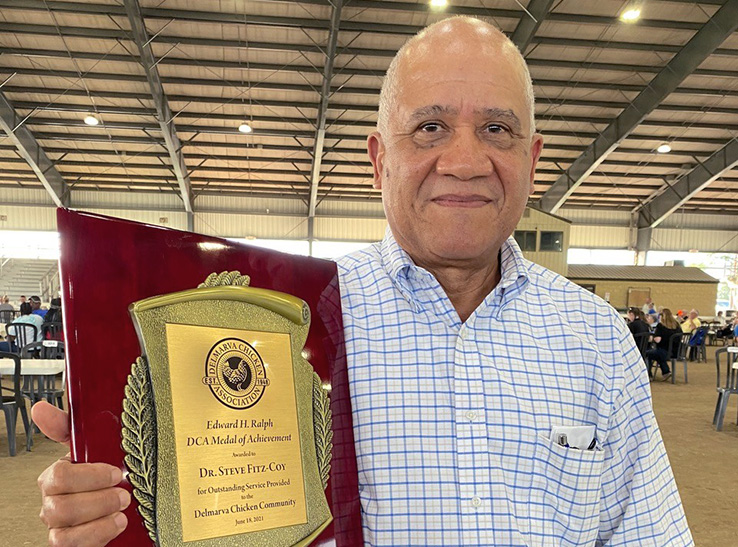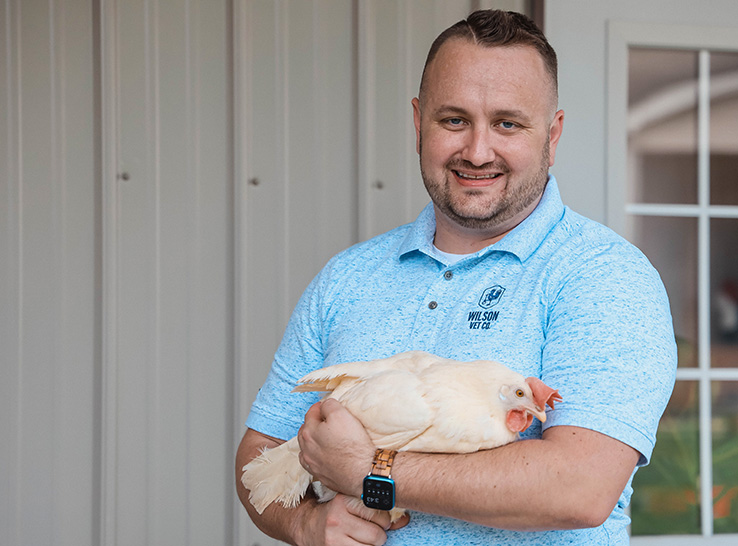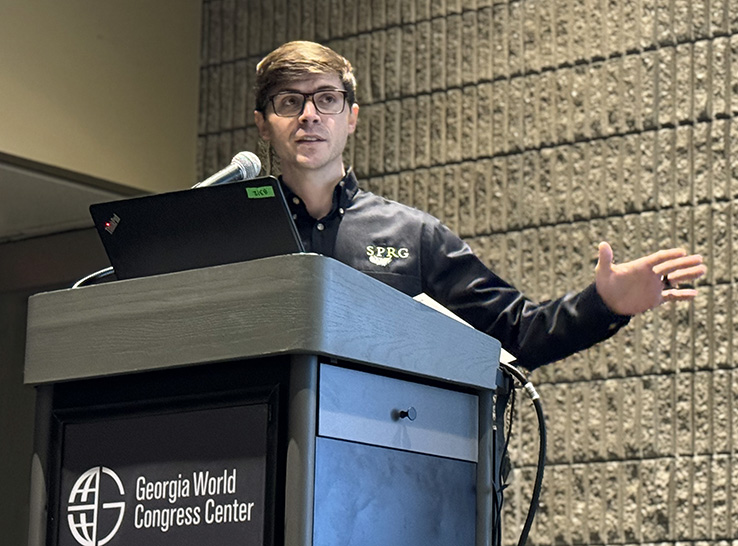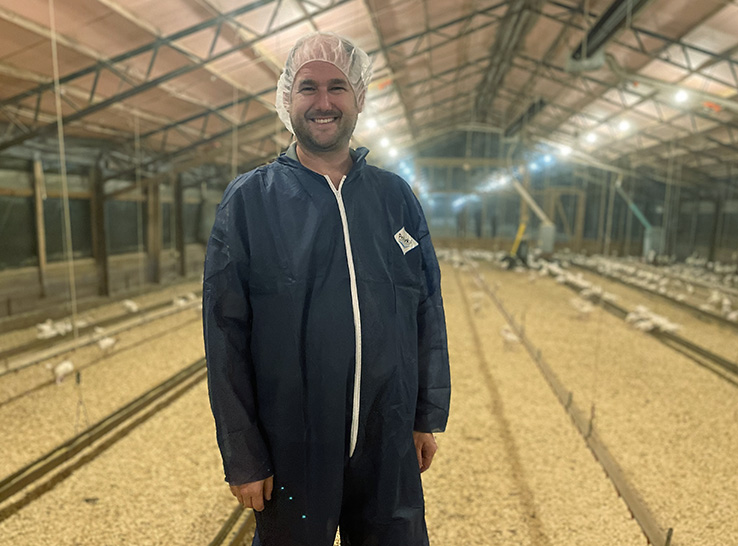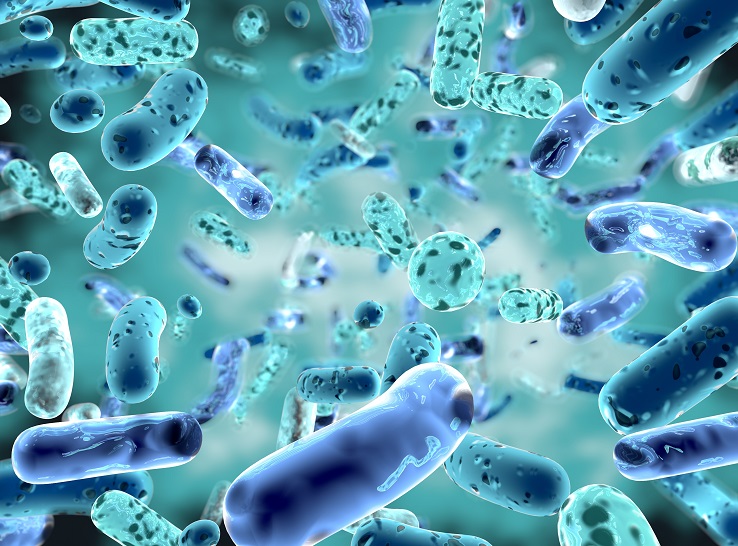By Daniel Wilson, DVM
Wilson Veterinary Company
Indianapolis, Indiana
(Second in a two-part series)
For many decades, coccidiosis control was relatively easy for the commercial layer industry. Pullets and layers in cages limited the environmental conditions that coccidiosis favors. Although there were some housing styles or movement of birds that presented an opportunity for a coccidiosis challenge, fecal-oral exposure to coccidia was relatively limited.
Unfortunately, this situation has been disrupted by changes in the industry. With consolidation has come larger farms as well as pullet houses, as producers aim for maximizing housing capital. Sometimes there’s a larger spread of hatch dates within a flock under one roof. Further complicating matters is the blending of pullets from different sources with different housing types and coccidiosis-control programs.
The evolution from high-rise A-frame cages to scraper-board cages to belted cages to larger colony cages to cage-free systems has made the industry a hodge-podge of housing-style combinations. There are subtle differences among specific designs that make it difficult to assess a farm’s risk for coccidiosis by mechanical exposure.
Increased parasitism risk
Many of the alternative housing systems have indeed likely improved animal welfare, but the trade-off is a vastly increased opportunity for parasitism — and coccidia were first in line to take advantage of the cage-free environment. It is possible, however, to turn coccidia’s opportunistic tendencies into an advantage that will benefit flocks.
To start, there must be a working knowledge of the most likely age or time frame a pullet flock might get enough coccidial exposure to result in subclinical (poor weight gain) or clinical (mortality) coccidiosis. This is the most important key to finding an approach that will limit the detrimental effect of coccidiosis on future pullet flocks.
Determining the time for coccidial exposure, however, is difficult because it’s affected by so many factors. One of the easiest ways to stay ahead of unknown exposures is to vaccinate all pullets at the beginning — on the day of hatch — to provide some exposure before chicks even reach the farm.
The goal is for every bird to consume through preening the vaccine that is sprayed on. In theory, this should provide life-long protection, but we know from experience that not every bird is going to consume enough vaccine with one application.
Trickle the vaccine dose
One easy way to make sure every bird gets exposure to coccidia is by repeating hatchery vaccination with a “trickle-dose” program.
Trickle-dose vaccine programs have been around for some time. They simply involve applying small doses of coccidiosis vaccine — usually directly sprayed on the feed — repeatedly to the flock to help ensure all birds get at least one if not two, three or four exposures early on. A trickle-dose program is a win-win because it removes the need to require a platform for fecal re-consumption, such as keeping chick papers or other devices for weeks.
Secondary to the difficult task of encouraging young birds to eat fecal matter after a single hatchery vaccination is the humidity necessary for coccidial organisms to sporulate so they are infective when eaten and stimulate an immune response.
From years of experience, we know that many cage-free and aviary pullet systems have very low humidity; when combined with applied heat and air movement, the fecal matter present on chick papers is often as dry as a desert. Adding water to chick papers or humidity to a house is not only futile, it can be messy and create other bird-health problems. It’s also difficult to determine exactly when birds need re-exposure and thus when more humidity is needed to stimulate sporulation.
With a trickle-dose program, there’s no need to worry about humidity in a pullet house unless it needs to be addressed to provide bird comfort. This is because coccidiosis vaccines are sold as sporulated oocysts and will stimulate immunity in the bird when consumed.
Eimeria challenges differ
Coccidiosis in poultry is caused by parasites of the Eimeria genus. In the past, it was often thought that exposure or challenge with one species of Eimeria would protect birds against many or all types of Eimeria for life. We know now, however, that this is not the case and that an effective coccidiosis program must provide broad immunity to multiple types of Eimeria and multiple exposures to each type.
In addition, this is especially important because the type of Eimeria affecting one pullet operation may be different from the type pullets are exposed to as adult layers. For instance, a pullet coccidiosis program may successfully limit E. tenella, but the same flock may break with E. brunetti after transfer to a layer farm. More than a “one-and-done” approach is needed.
Fortunately, each coccidiosis vaccine for pullet layers includes the most relevant strains of Eimeria in an equal, predetermined balance. With that in mind, we know that a single vaccine application provides exposure to all types at least one time (when assuming 100% application accuracy and uptake). It’s even better with trickle-dose application because we know for sure that a majority of birds are getting exposed to repeat numbers of all the important Eimeria types. We also know that even if some birds were missed, perhaps by vaccination inaccuracy or other factors, these repeat applications serve as an opportunity to catch those missed birds.
There’s another advantage to trickle application. The development of immunity is slow for some of the Eimeria species, such as E. brunetti. Repeat exposure with trickle-dose application is more likely to thoroughly prepare the bird for challenges many weeks and months down the road.
Coccidiosis-control problems resolved
For layers, trickle-dose coccidiosis vaccination helps tackle many of the most difficult aspects of coccidiosis control: providing immunity against coccidiosis with multiple exposures of the right numbers, of the right types, at the right stage and at the right time.
Many may look at vaccination or trickle-dose vaccination as a terribly expensive change in the cost of production, but the tradeoffs and return on investment can be considerable. In a world of high capital construction costs, producers can ill afford to have flocks that are underperforming or that have high cumulative mortality due to coccidiosis.
Consider too that past programs based on treatment or chemical use aren’t always inexpensive either. Just because they have always been included in total feed costs or other existing budget items outside of the vaccine program means there are also opportunities for net cost savings.
As the egg industry evolves into the newest forms of housing style — alternative or otherwise — it’s essential for the industry to maximize programs we know will work. Cage-free production already presents numerous other new challenges from bacterial disease, behavioral issues and other types of parasitism. Why not proactively take care of the problems we can? If you don’t, you’ll wish you had! It’s a win-win.
Read part 1: Coccidiosis breaks in layers: Who’s to blame?
Editor’s note: The opinions and/or recommendations presented in this article belong to the author and are not necessarily shared by Modern Poultry.

